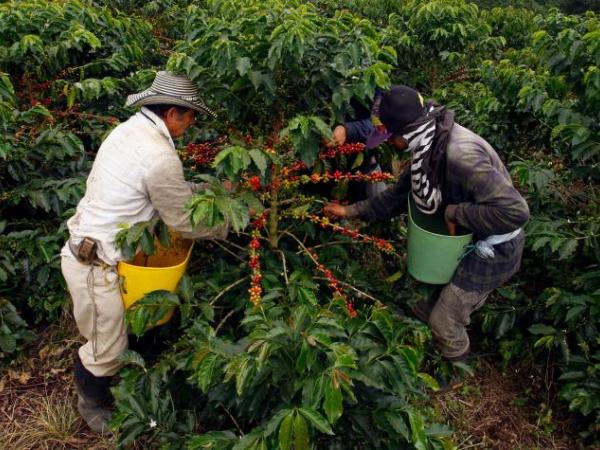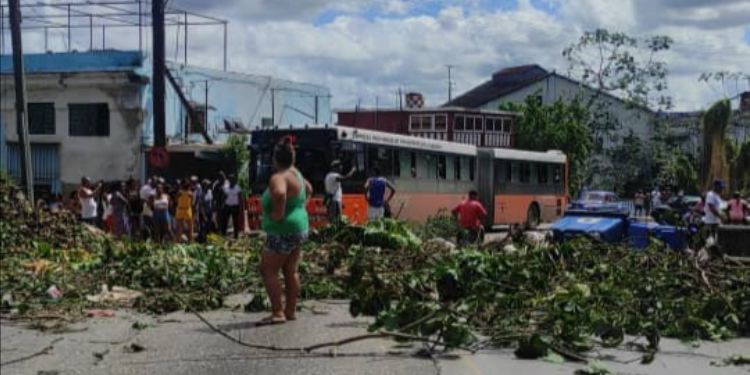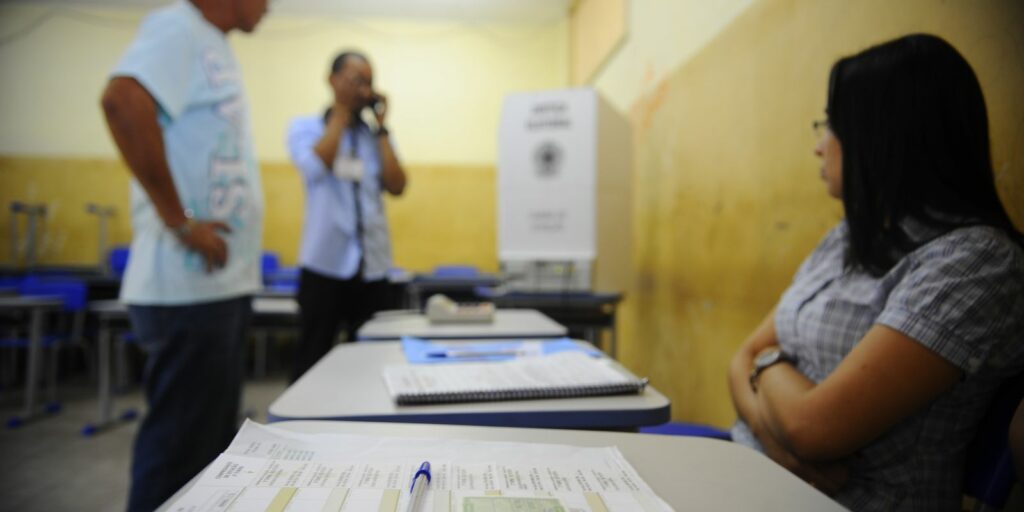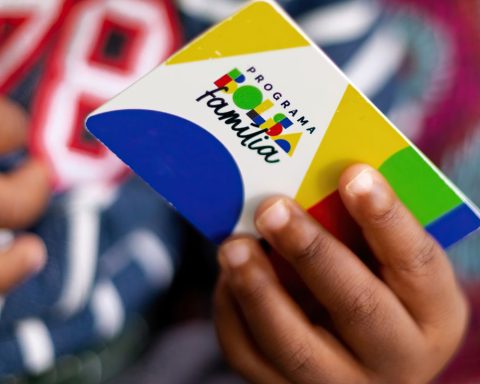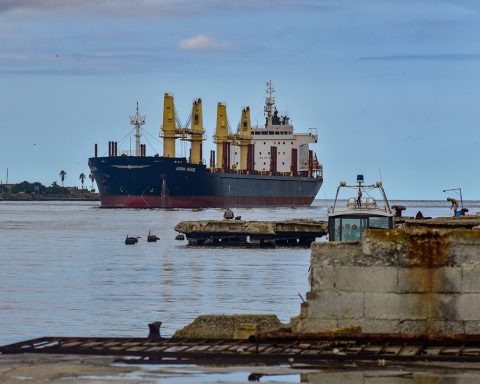Colombian coffee is worthy of world recognition. The grain that is produced here makes the country a coffee grower par excellence and makes it the second in the world with the highest production. Given this, today marks the International Coffee Day, which aims, according to Nestlé, to commemorate and support the millions of coffee growers internationally.
(Dollar: what are the reasons for its ups and downs in recent days).
According to Roberto Vélez Vallejo, general manager of the National Federation of Coffee Growers (FNC), “this is a celebration of the entire coffee chain, from the producer to the marketer, the industrialist and the consumer. Coffee remains the second most popular beverage in the world after water. then we have everything to continue growing internationally as a great industry all hand in hand”.
That said, according to the National Administrative Department of Statistics (Dane), the coffee sector in Colombia so far in 2022 has had a contribution of $6.1 billion to the $47.1 billion of total agriculture, it is like this that in terms of percentages, the sector has presented an approximate contribution of 13% in the agricultural GDP of Colombia.
For his part, Roberto Vélez, stated that “we are going to be very close to point five or point seven as a share of the total Colombian GDP.”
(The coffee growers who bet on the capture of CO2).
However, in addition to being one of the largest agricultural sectors in Colombia, the balance for coffee is good despite the difficulties presented by the La Niña phenomenon in the country, which has already lasted two years. With figures from the FNC, in terms of production, the coffee sector has presented ups and downs. For January, a figure of 868,000 bags of 60 kilograms was presented, data that for February registered an increase reaching 928,000 bags.
For the month of March, there was a slight decrease with 914,000, however, in April, the sector presented a drop in production reaching 750,000 bags of coffee.
The upturn of the year was in the month of May, where the yield of production reached one million bags, while for June, it fell again, presenting a figure of 951,000 bags produced. Regarding July and August, according to the FNC, 944,000 and 949,000 bags were produced, respectively.
According to Vélez, “we expect production to close at 12 million bags. Colombia has a coffee park capable of producing 14.5 million bags, but due to the effects of the weather this year we will close the order of 12 million and maybe a little more.”
Also for the Official Credit Institute (ICO), the outlook for total world production in coffee year 2021/22 remains unchanged at 167.2 million bags, 2.1% less than the 170.83 million bags. bags from the previous coffee year.
(Palm trees exported 650 million dollars in the first semester).
In terms of its price, the domestic base purchase price for coffee has been between $1.9 million and $2.3 million so far this year. For the month of January, according to the FNC, this price was $2.1 million, while for February a base of $2.2 million was reached. However, for March there was a fall to $1.9 million, which for April and May recovered, reaching a price of $2.0 million for each month. For June, July, and August, the price was $2.1 million, $2.2 million, and $2.3 million, respectively.
For the manager, “these are going to make the coffee harvest profitable for producers who have had to face higher fertilizer prices, higher harvesting costs and growing inflation. But Thanks to good international prices, coffee farming is still profitable for the producer”.
Exports and consumption
Regarding international trade, the Federation assures that in January sales abroad closed at US$299 million, a figure that was reduced for February with US$295 million. Regarding March, the data presented an upturn closing the month with sales for US$347 million, which for April showed a downward trend with trade for US$258 million. The rise was evident in May, June and July, where sales closed at US$279 million, US$288 million and US$315 million, respectively. By August, the figure fell again to US$280 million.
“Exports are going to end up around 10 or 11 million bags. We hope to close the year with a coffee harvest for the cost of 14 billion, a record value in history, and exports very close to US$3.6 billion, also a record in history,” said Vélez.
Despite being a coffee country, coffee consumption in the country is low. According to the general manager of the FNC, in Colombia the per capita consumption is at least 2.2 kilos, which gives a little more than 2 million bags. “If you compare, a Finn takes ten, a Brazilian takes six and an American five and a half. But the good news is that the consumption of high-quality coffee made 100% with export raw materials has been increasing, which is good for the future of Colombian coffee,” he said.
For its part, the Federation assured that in terms of world coffee consumption, it is expected to grow by 3.3%, to 170.3 million bags in 2021/22, compared to 164.9 million in coffee year 2020. /twenty-one.
Diana K. Rodriguez T.
BRIEFCASE
